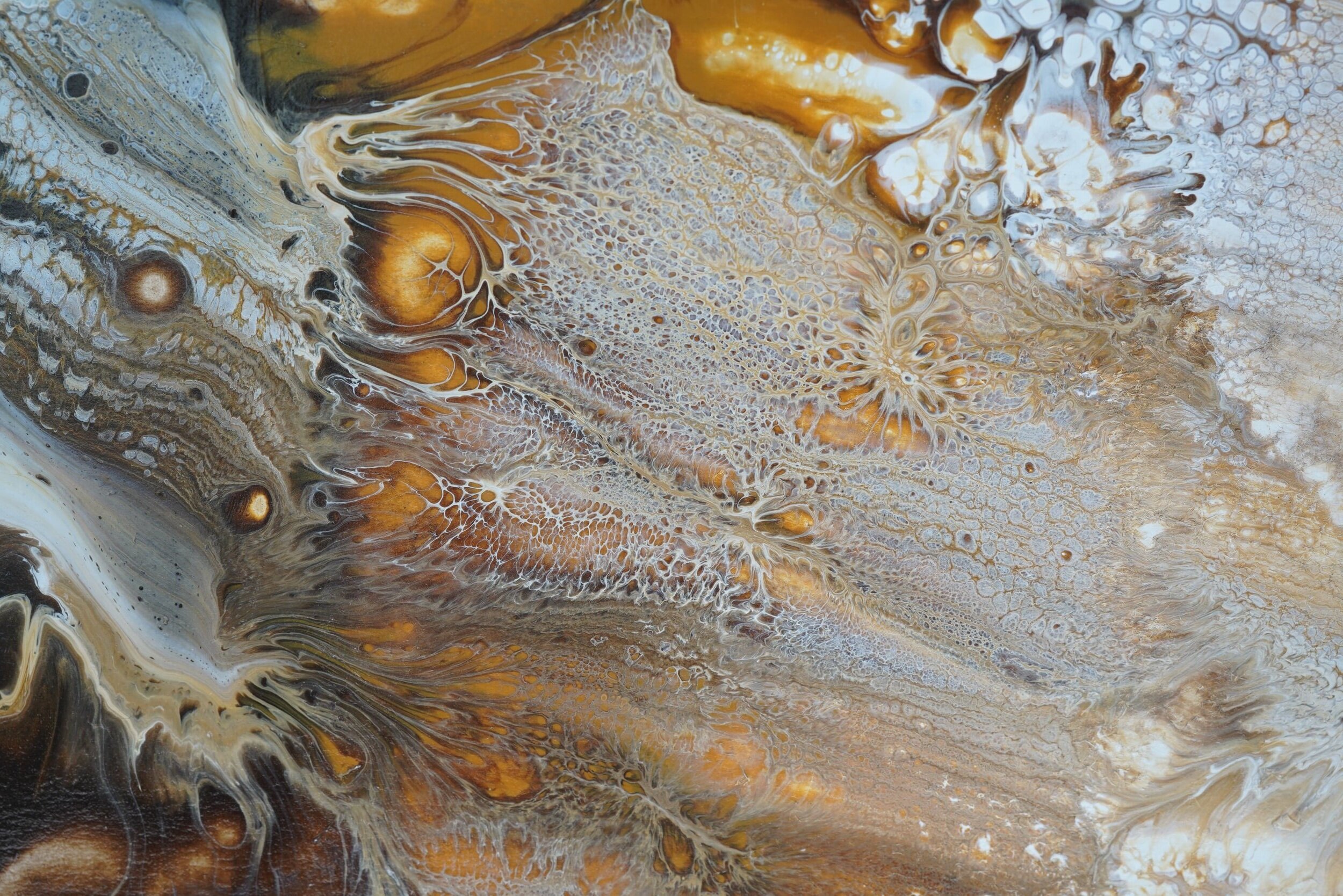
Percutaneous Transhepatic Cholangiography
(PTC)
What is a percutaneous transhepatic cholangiography?
PTC is an interventional radiology technique to visualise the bile duct and hepatic duct system. It is often performed in situations where ERCP is unsuccessful. In addition to being diagnostic, this procedure is also therapeutic and can be used to relieve obstructions using a stent or to decompress blocked biliary ducts with the insertion of a drain.
When will I need a PTC?
Many patients present to hospital with symptoms such as abdominal pain, weight loss and jaundice (yellowing of the skin and eyes). These symptoms may be due to several causes. A PTC can assist doctors in diagnosing a variety of problems including:
· Gallstones
· Bile duct tumours (benign or malignant)
· Pancreatic tumours (benign or malignant)
· Chronic Pancreatitis
· Biliary strictures (due to scarring)
· Biliary leaks (due to trauma or surgery)
In addition to aiding in diagnosis, a PTC can also allow for therapeutic interventions to take place including:
· Insertion of a stent to relieve obstruction from strictures or cancers
· Insertion of a drain tube to drain bile in the event of downstream obstruction
What happens during the procedure?
The procedure is conducted by the interventional radiologist. Local anaesthetic will be injected at the drain site. In some situations, you may be placed under sedation. The skin will be prepped and antiseptic solution and draped. Under ultrasound guidance, a needle will be inserted through the skin at the right upper abdomen into a peripheral hepatic duct. Contrast will then be injected into the duct and an X-Ray is taken to visualise the biliary tree to evaluate any obstructions, anatomical variation or pathology.
Following the X-Ray with contrast, you may be left with a drain tube to drain bile from the biliary system providing ongoing decompression of the bile duct.
What to expect after the procedure?
Complications are rare but can include bleeding, failed procedure, infection of the bile ducts or a bile leak.
Following the procedure, you will be returned to the ward for routine observation.
This information is intended as a guideline only. If you have any further questions or concerns, please ask your doctor.

